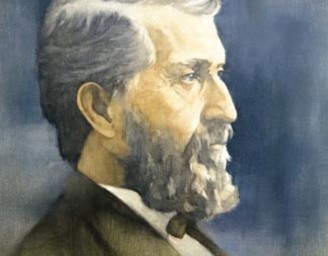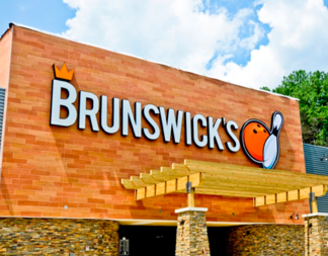2010 - 2011
Amidst a global economic slowdown, annual new boat sales industry-wide between 2007 and 2010 were reduced by more than half, leading to significant bankruptcies, reorganizations and restructurings within the marine industry. Brunswick used this period of dislocation in the global economy and the global marine industry to secure its global leadership in the marine industry by focusing on three areas:
• Maintaining strong liquidity,
• Supporting our dealer network, and
• Doing the work necessary to come out of this downturn stronger than we began the period.
Specifically, Brunswick:
• Rationalized manufacturing footprint by producing similar boats (regardless of brand) in the same facility.
• Reduced our North American boat manufacturing locations from 28 to 11.
• Consolidated our two U.S. engine plants into Fond du Lac, Wisconsin.
• Reduced our boat brands from 24 to 15.
• Reduced our model options by an average of 30 percent.
• Reduced total U.S. headcount by 46 percent since during this time.
As a result, Brunswick ensured its leadership position in the industry by significantly increasing its cash and marketable securities, dramatically reducing its net debt and restructuring that debt, maintaining its dealer base at roughly 2007 levels as industry-wide about a third of dealers closed and removed more than $450 million of fixed costs.
Brunswick announces it will establish a manufacturing plant in Brazil to produce boats for South America's largest country and the surrounding region. The plant is to be located in the Perini Industrial Park in Joinville, Santa Catarina, Brazil, and have nearly 150,000 square feet of manufacturing space. When in full operation, the plant will have the capacity to produce over 400 boats annually.



























































































































































































































































































